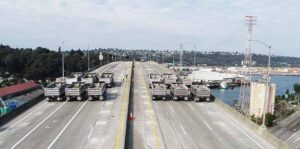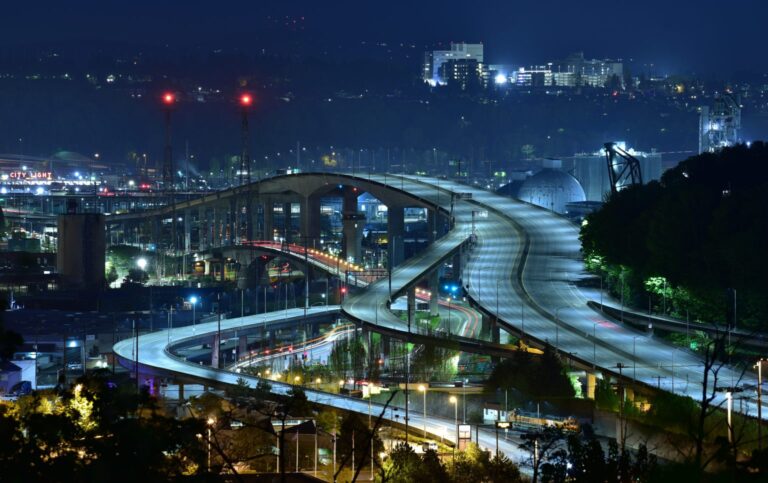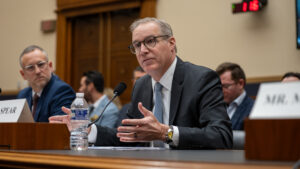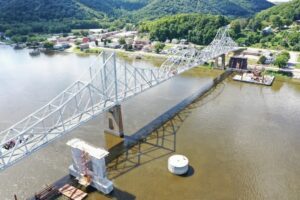
SEATTLE — The West Seattle Bridge reopened to the public on Sept. 17 after being closed 2.5 years for repairs by the Seattle Department of Transportation (SDOT).
The main bridge entrances opened to traffic and crews continued to remove barricades at the other on-ramps and detour signs throughout the peninsula, according to a news release.
Driver restrictions on the Spokane Street Swing Bridge ended, and the automated camera system that enforced them were turned off.
Elected officials and other dignitaries gathered at a press conference Sept. 16 to express appreciation for the perseverance and resilience of the thousands of people who live in and around West Seattle.
Video of this event is available via the Seattle Channel, and written quotes are recorded in this SDOT Blog post.
The repairs to the West Seattle Bridge included nearly 60 miles of steel cables post-tensioned to form the new backbone of the bridge. Each of the cables was anchored into new specialized concrete blocks woven into the bridge and capable of holding more than 20 million pounds of force.
The new post-tensioning system works in tandem with other repairs to the bridge, including an extensive network of more than 100,000 square feet of reinforced carbon fiber sheets wrapped inside and outside the bridge walls and over 240 gallons of epoxy injected into cracked concrete.
“These repair systems have prepared the bridge to manage the weight of vehicles and decades of seasonal temperature changes,” the news release stated. “With these repairs complete, the bridge is much stronger than it was before and will last for decades to come.”
Recent tests demonstrated that the repairs were performing as expected and the bridge was strong enough to support the thousands of vehicles expected to cross it each day. Engineers and bridge specialists will continue to closely monitor the bridge using cameras, sensors, and frequent in-person inspections.
During the repair process, crews installed permanent inspection platforms inside the bridge’s girders that will allow inspectors to examine the structure’s concrete easily. Crews also widened the left shoulder of the westbound lanes so that bridge inspectors can get inside the structure for frequent inspections without having to close a traffic lane.
In addition to repair work, SDOT took advantage of the closure to complete other kinds of bridge maintenance work. This work included replacing old expansion joints and sign structures, pouring a new concrete overlay on the Fauntleroy Expressway to the west of the bridge, and repouring worn concrete panels on the bridge’s western approach.
The Trucker News Staff produces engaging content for not only TheTrucker.com, but also The Trucker Newspaper, which has been serving the trucking industry for more than 30 years. With a focus on drivers, the Trucker News Staff aims to provide relevant, objective content pertaining to the trucking segment of the transportation industry. The Trucker News Staff is based in Little Rock, Arkansas.















